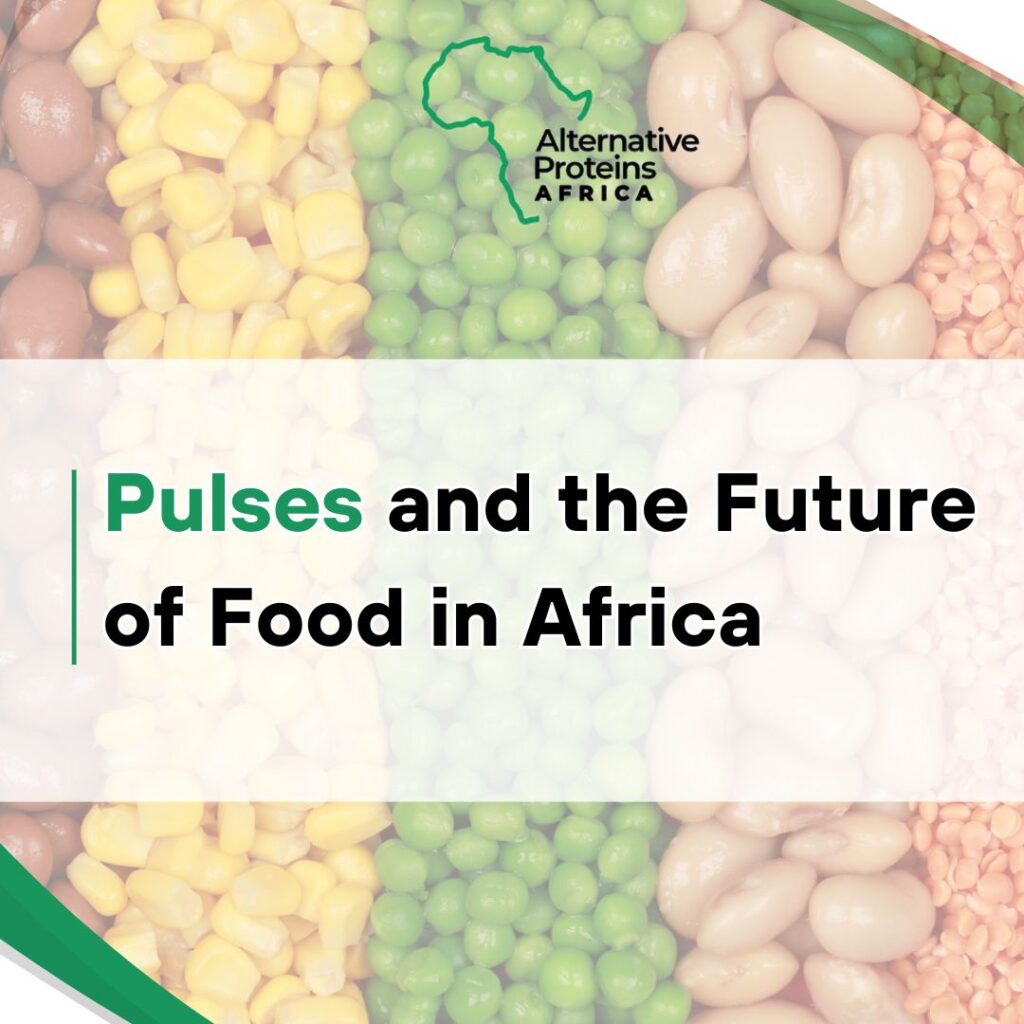
As Africa faces challenges such as a soaring population, climate change, and food insecurity, pulses offer a promising solution. Their resilience to harsh growing conditions, low water requirements, and ability to improve soil health and fertility make them an ideal crop for sustainable agriculture. Additionally, pulses are an alternative protein source, essential for transitioning away from resource-intensive and unsustainable animal-based diets. This article explores the history of pulses on the continent and their significance in the future of sustainable food production.
History of Pulses and Their Significance
Pulses are a diverse group of leguminous crops, including beans, lentils, chickpeas, peas, and other legumes. Specifically, the Food and Agricultural Organisation describes pulses as a category of legumes harvested because of their dry seed. They have played a fundamental role in human nutrition and agriculture for years. In Africa, their history is rich and multifaceted, showcasing their importance in traditional diets, farming practices, and cultural heritage.
The cultivation and domestication of pulses in Africa date back thousands of years. Their long-shelf life (ability to be stored for a long time) stood them out amongst other crops, thus making them a staple crop in ancient times. Indigenous varieties of pulses, such as cowpeas and Bambara groundnuts, were domesticated in the hot and dry regions. These crops are well-suited to the continent’s diverse climates and soils, providing a reliable source of nutrition and livelihood.
Cowpeas, also known as black-eyed peas, are one of the oldest cultivated crops in Africa. They are widely consumed as a vital source of protein. They quickly became a staple food due to their adaptability to arid conditions and their ability to improve soil fertility through nitrogen fixation. Similarly, Bambara groundnuts, originating in West Africa, were highly valued for their drought tolerance and nutritional benefits.
Pulses in African Civilisations
Throughout history, pulses have been essential to various African communities’ diets and agricultural practices. In sub-Saharan Africa, pulses are central to traditional farming systems. They are often grown in mixed cropping systems alongside cereals like millet and sorghum, optimising land use and ensuring food security. These intercropping practices provide a diverse diet and improve soil health and resilience to environmental stresses.
Nutritional and Agricultural Significance of Pulses
Pulses are celebrated for their high nutritional value, making them a crucial component of diets across Africa. Rich in protein, dietary fibre, vitamins, and minerals, pulses address macronutrient and micronutrient deficiencies, contributing to overall health and well-being. They, therefore, present an affordable and accessible source of nutrients, especially to resource-constrained regions.
From an agricultural perspective, pulses are invaluable because of their ability to thrive in diverse and often challenging environments. Their nitrogen-fixing properties enhance soil fertility and health, reducing the need for synthetic fertilisers and promoting sustainable farming practices. This makes pulses a critical crop for smallholder farmers, who make up a significant portion of Africa’s agricultural workforce.
Cultural and Economic Impact of Pulses
Pulses have deep cultural roots in African societies and are prominent in traditional cuisines. For example, in West Africa, beans are used to make akara (bean cakes) and moi moi (steamed bean pudding), which are staple foods in many communities. In East Africa, pigeon peas are a key ingredient in dishes such as mbaazi, a coconut-infused stew.
Economically, pulses provide livelihoods for millions of smallholder farmers across the continent. Women, in particular, play a vital role in the cultivation, processing, and marketing of pulses, contributing to household incomes and community resilience. The growing global demand for pulses, driven by increasing awareness of their health benefits and the rise of plant-based diets, presents significant economic opportunities for African farmers. Harnessing this opportunity offers a pathway to wealth creation on the continent. With heavy investment in producing pulses that are available for export and trade in the global market, Africa is sure to increase its revenue.
Summarily, pulses hold great significance to the future of sustainable food production. They are inexpensive, making them an affordable protein source and crucial in fighting malnutrition. The numerous health, environmental, and economic benefits make them the ideal food of the future.

